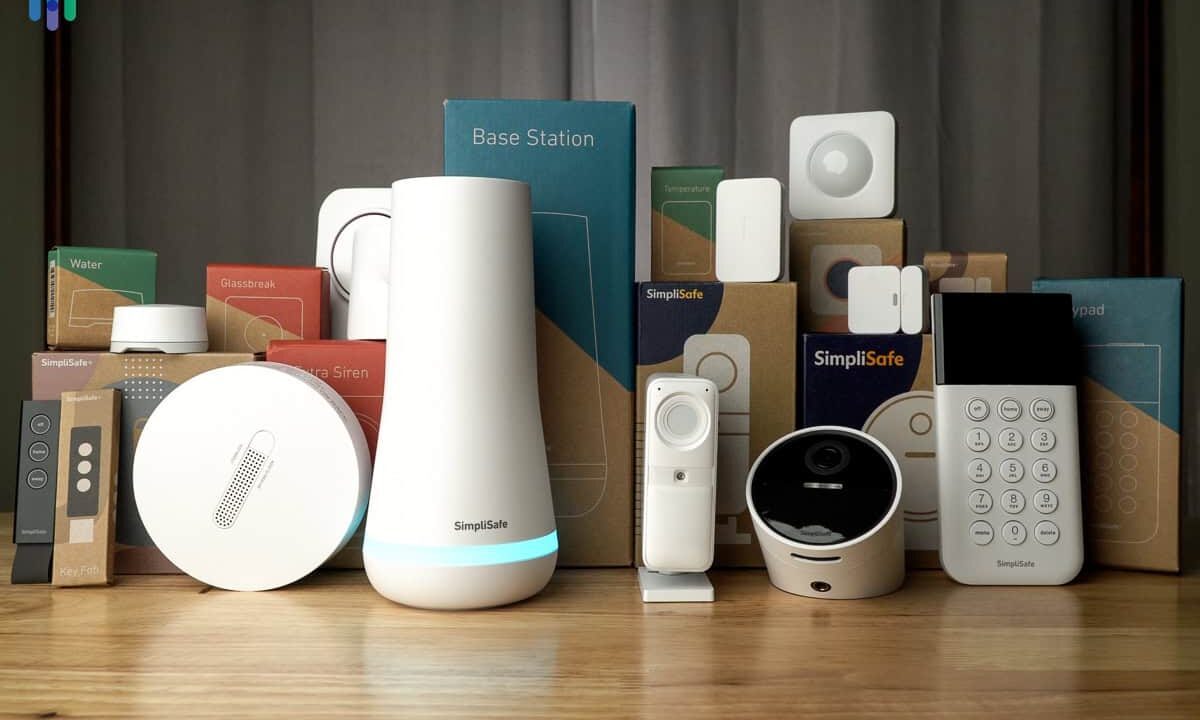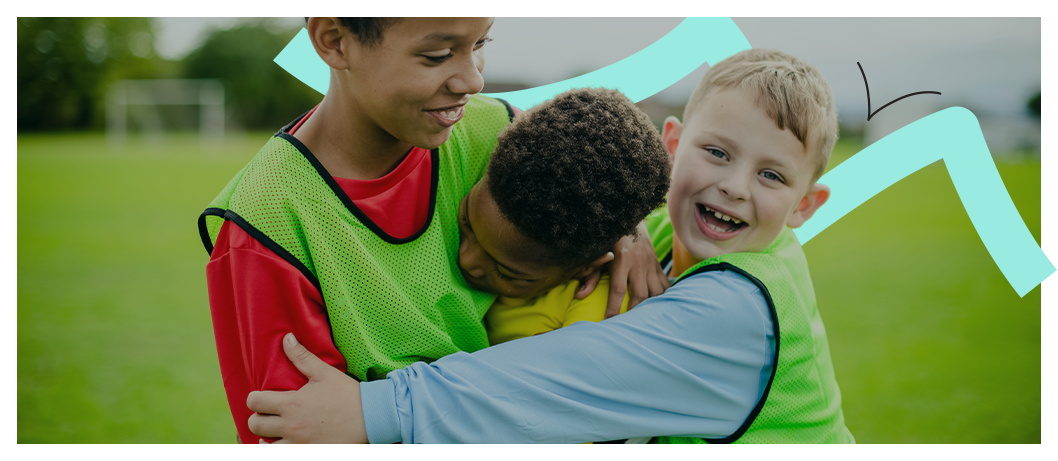Hosting a kids’ sports gear and musical instrument swap is a fantastic way to clear out clutter, save money, and give back to your community. Whether it’s a pair of outgrown cleats or a violin that’s been gathering dust, swapping gently used items breathes new life into them. This article dives into the why, how, and where of organizing or participating in a swap, with practical tips, real-world examples, and a sprinkle of humor to keep things fun. Let’s turn that pile of unused gear into someone else’s treasure!
Why Swap Kids’ Sports Gear and Instruments?
Swapping kids’ sports gear and instruments is a win-win for families and the planet. It reduces waste, saves money, and builds community connections. With kids outgrowing equipment faster than you can say “new soccer season,” swaps offer a sustainable solution. Plus, they make hobbies accessible to more kids, leveling the playing field.
The Cost of Kids’ Activities Is No Joke
Let’s be real: outfitting a kid for sports or music lessons can feel like funding a small startup. A decent pair of soccer cleats can cost $50–$100, and a beginner’s violin might set you back $200 or more. Swaps let you trade what you don’t need for what you do, keeping your wallet happy and your garage less chaotic.
Sustainability: Less Landfill, More Playtime
Kids’ gear often ends up in landfills when it’s still perfectly usable. Swapping keeps items in circulation, reducing waste and supporting a circular economy. It’s like giving that old baseball bat a second chance to hit a home run—or at least a solid single.
Building Community, One Swap at a Time
Swaps bring families together, fostering connections and shared goals. When you trade a pair of hockey skates for a clarinet, you’re not just exchanging stuff—you’re helping another kid chase their passion. It’s heartwarming and practical, a combo that’s hard to beat.
What Gear and Instruments Can You Swap?
Not sure what to bring to a swap? Most events focus on gently used, functional items that kids can use for sports or music. Here’s a quick rundown of what’s typically accepted and what to leave at home.
Sports Gear: The Essentials
Sports swaps are a goldmine for outgrown equipment. Think items that are still in good shape but no longer fit your kid’s growing feet or ambitions. Here’s what usually makes the cut:
- Cleats: Soccer, baseball, or football—clean and in good condition.
- Bats and Gloves: Baseball or softball gear, preferably without major tears.
- Helmets: Must meet safety standards and have no cracks.
- Uniforms: Team jerseys or pants, clean and gently used.
- Protective Gear: Shin guards, elbow pads, or hockey gear in usable condition.
Musical Instruments: From Flutes to Drums
Instruments can be pricey, so swaps are a great way to try something new without breaking the bank. Common items include:
- Woodwinds: Flutes, clarinets, or saxophones in working order.
- Strings: Violins, violas, or cellos with no major damage.
- Keyboards: Small, portable ones for beginners.
- Percussion: Drumsticks, practice pads, or small drum sets.
- Accessories: Cases, reeds, or sheet music stands.
What to Leave at Home
Most swaps have strict rules to keep things manageable. Avoid bringing:
- Broken or unsafe items (cracked helmets, anyone?).
- General athletic wear like t-shirts or socks.
- Oversized items unless specified (no grand pianos, please).
- Baby gear, unless the swap explicitly allows it.
How to Organize a Kids’ Gear and Instrument Swap
Ready to host your own swap? It’s easier than you think, and the payoff is huge. Here’s a step-by-step guide, inspired by real events like the Verona Community Center swap.
Step 1: Plan the Format and Pick a Date
Keep it simple—choose a date when families are already gathered, like during sports tryouts or music recitals. A community center or school gym works great. Aim for early in the season so parents can grab gear before buying new.
Step 2: Decide What to Accept
Set clear guidelines on acceptable items to avoid chaos. Focus on sports gear and instruments in good condition. Post a list on flyers or social media so everyone knows what to bring. Pro tip: Be specific—nobody wants to sort through a pile of mismatched socks.
Step 3: Set a Pricing or Donation Model
Some swaps are free, while others charge a small fee or suggest donations. For example, charging $25 for high-value items like bats and $5 per smaller item can raise funds for a local team or charity. Make it clear where the money goes to build trust.
Step 4: Promote Like a Pro
Use Canva to create a flyer and share it via email, social media, or local schools. Word-of-mouth works wonders too—ask coaches or band directors to spread the word. The more families know, the more gear you’ll have to swap.
Step 5: Gather Gear in Advance
Set up donation bins at a local sports complex or school a few weeks before the event. This gives you time to organize items by type and size. Enlist volunteers to help sort—trust me, you’ll thank them when you’re not drowning in shin guards.
Step 6: Run the Event Smoothly
Set up tables by category (e.g., soccer, baseball, instruments) and use signs for easy browsing. Have volunteers manage a cash box or Venmo QR code for donations. Keep the vibe relaxed—let parents take what they need, even if they don’t bring much.
Step 7: Handle Leftovers
Donate unclaimed items to charities like Replay It or local thrift stores. Some swaps, like the one in Verona, benefit organizations like the Verona Children’s Fund. It’s a feel-good way to wrap things up.
Where to Find Kids’ Gear and Instrument Swaps
Not ready to host your own? No problem—there are plenty of places to join existing swaps or buy secondhand gear. Here are some top options.
Local Community Swaps
Check community boards, local Facebook groups, or sites like MyVeronaNJ for events in your area. Schools, churches, or community centers often host swaps, especially in spring or fall when seasons change.
Online Marketplaces
If local swaps are scarce, online platforms make trading easy:
- Kidd3r: Buy, sell, swap, or donate kids’ sports, music, and tech gear. It’s sustainable and community-focused.
- SidelineSwap: Perfect for sports gear, with nationwide shipping and a buyer guarantee.
- Swap It Sports: Ideal for hockey families, offering swaps across the US.
Charity-Driven Swaps
Organizations like Replay It collect gently used sports gear to donate to kids worldwide. Drop off items at their events or partner organizations to make a global impact.
Pros and Cons of Gear and Instrument Swaps
Swaps are awesome, but they’re not perfect. Here’s a quick comparison to help you decide if they’re right for you.
| Pros | Cons |
|---|---|
| Saves money on expensive gear | May require time to sort and organize |
| Reduces waste and supports sustainability | Limited selection depending on donations |
| Builds community connections | Some items may need cleaning or minor repairs |
| Makes sports and music accessible to more kids | Not all swaps are free—some charge small fees |
Real Stories: The Joy of Swapping
Last spring, my friend Sarah was dreading the cost of outfitting her son for baseball. New bats and cleats were going to cost her over $150. Then she heard about a local swap at our community center. She brought her daughter’s old soccer gear and walked away with a like-new bat and cleats for just a $10 donation. “It was like Christmas,” she laughed. “I saved a ton, and my son got to play without me stressing about the bill.” Stories like Sarah’s show how swaps can make a real difference.
Another time, I donated my son’s outgrown clarinet at a music swap. I was nervous it wouldn’t find a home, but a shy middle-schooler picked it up, her eyes lighting up. Her mom whispered to me that they couldn’t afford lessons otherwise. That moment stuck with me—swapping isn’t just about stuff; it’s about opening doors for kids.
People Also Ask (PAA)
Here are some common questions about kids’ gear and instrument swaps, pulled straight from Google’s PAA section.
What is a sports gear swap?
A sports gear swap is an event where families exchange gently used sports equipment, like cleats, bats, or helmets. It’s a cost-effective, eco-friendly way to get what you need while passing on what you don’t. Many swaps also include musical instruments or raise funds for local causes.
Where can I find kids’ sports gear swaps near me?
Check local community centers, schools, or sports leagues for events. Websites like MyVeronaNJ or social media groups often list upcoming swaps. Online platforms like Kidd3r or SidelineSwap are great for virtual swapping.
How do I organize a kids’ gear swap?
Plan a date and venue, set clear rules for donations, and promote via flyers or social media. Collect gear in advance, organize by category, and have volunteers manage the event. Donate leftovers to charities like Replay It.
What are the benefits of swapping kids’ gear?
Swapping saves money, reduces waste, and makes sports and music accessible to more kids. It also builds community and encourages sustainable habits. You might even score a deal on that guitar your kid’s been begging for
Best Tools for Organizing a Swap
Need help pulling off a successful swap? These tools can make your life easier:
- Canva: Create eye-catching flyers for free to promote your event.
- Venmo or PayPal: Use QR codes for easy donation collection.
- Google Forms: Collect RSVPs or donation details online.
- Trello: Organize tasks and volunteer schedules.
FAQ Section
Q: Can I swap broken or heavily used gear?
A: Most swaps only accept gently used, functional items. Check the event’s guidelines, but leave the cracked helmets and worn-out sneakers at home.
Q: Do I need to bring something to take something?
A: Many swaps use a one-for-one model, but some are flexible, especially for families in need. Always check the rules beforehand.
Q: Are online swaps safe?
A: Platforms like SidelineSwap offer buyer guarantees and escrow payments to ensure safety. Always read reviews and check seller ratings before buying.
Q: How do I know if the gear is safe to use?
A: Inspect items for damage, especially helmets and protective gear. Ask about the item’s history and ensure it meets safety standards before use.
Q: Can I make money from swaps?
A: Some swaps allow selling items for a small fee or donation, with proceeds often going to charity. Online platforms like Kidd3r also let you sell gear.
Wrapping It Up
Kids’ sports gear and instrument swaps are more than just a way to declutter—they’re a chance to save money, help the planet, and bring your community together. Whether you’re hosting a swap at your local community center or browsing online marketplaces like Kidd3r, you’re making a difference. So, dig through that closet, dust off that old trumpet, and join the swapping revolution. Who knows? You might just find the perfect pair of cleats—or a story that warms your heart.





